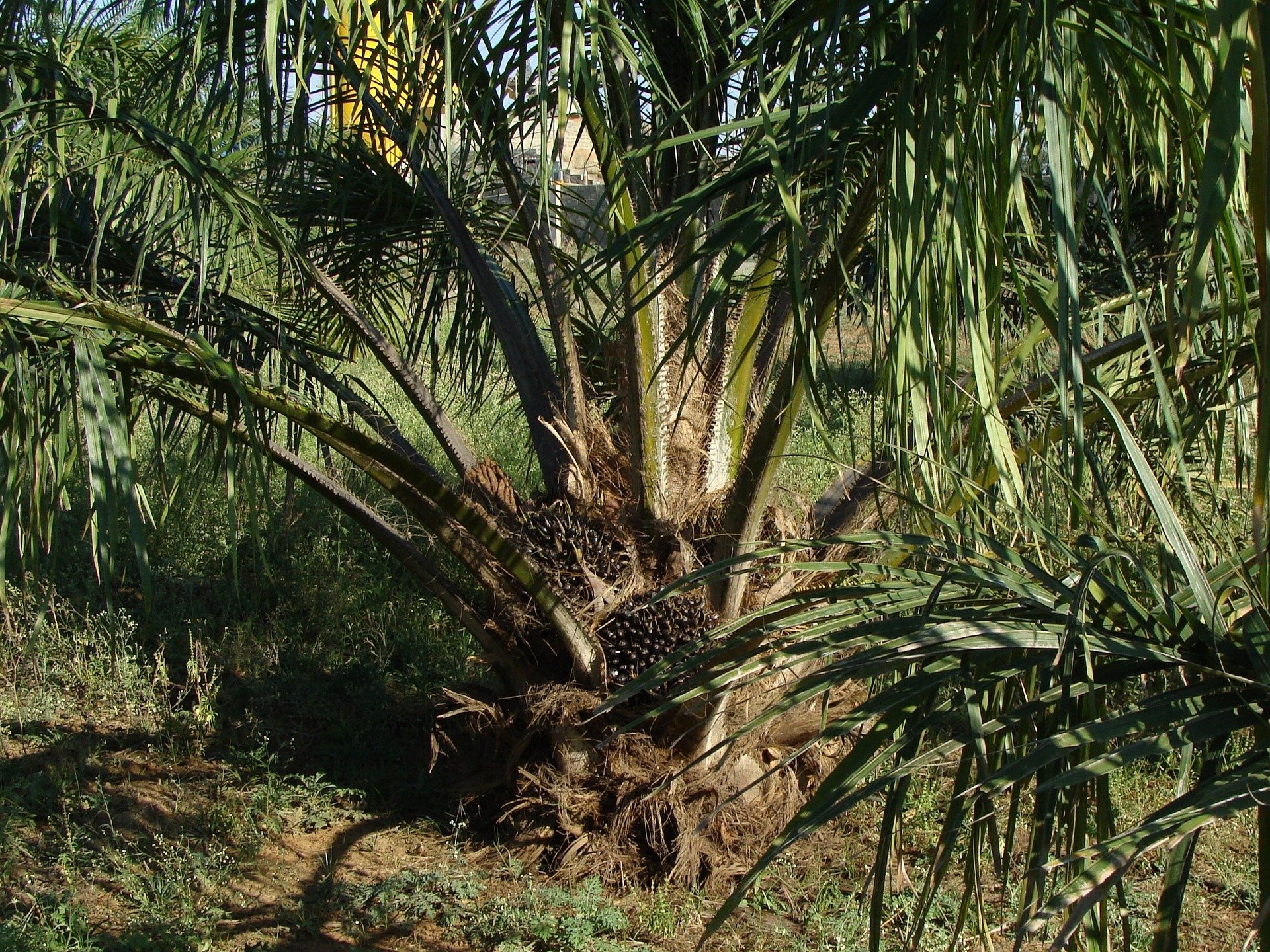
[ad_1]

Credit: CC0 Public Domain
A red beetle, classed as the most destructive date palm pest, causes millions of dollars of annual economic losses worldwide. Now, a small team in Saudi Arabia has found a cost-effective approach that uses laser pulses to detect the very early stages of infestation, giving farmers enough time to save their trees.
The red palm weevil is a flying beetle that feeds on and lays its eggs inside date palms. By the time weevil infestation causes visible signs of distress in the trees, it is too late to save them, explains KAUST research scientist, Islam Ashry. “Several methods are currently used to detect red palm weevil infestation, but they are not reliable or feasible in large palm farms,” he says. These methods include using sniffer dogs, screening trees with computer-based tomography, and inserting sound probes into a tree’s trunk to detect the munching sounds of weevil larvae.
While reading an article about the destructive impacts of these infestations, KAUST Professor Boon S. Ooi recognized that his work on photonics could be relevant. “Optical fibers can efficiently detect very weak sound over several kilometers,” he explains. He led a team of researchers, in collaboration with Yousef Al-Fehaid at Saudi Arabia’s Ministry of Environment, Water and Agriculture, to investigate whether fiber optics could be employed as a cost-effective and noninvasive means to detect the very early munching sounds made by young larvae.
They developed an approach that involves sending laser pulses from a sensing device into an optical fiber, which can be wrapped around the trunks of multiple trees over a vast area. Sound interacts with the light signal inside the fiber, changing its frequency. The fiber feeds the data back into the sensor that, with relative accuracy, can inform farmers which trees are healthy and which are infested.
Before using their system, the researchers recorded 12-day-old larvae to identify their sound signature. They also recorded and identified the sound signatures of typical background noises, like wind and birds. The frequencies of the sounds were different enough that they could apply a filter to their sensor that discards most irrelevant noises. They also developed an algorithm that analyzes the incoming signal to flesh out larval noises.
Lab-based tests on small trees demonstrated that the system reliably distinguished healthy trees from infested ones.
“Our sensor can provide noninvasive, 24/7, low-cost, simultaneous monitoring of around 1,000 palm trees with a 10-kilometer-long optic fiber, detecting larvae that are as young as 12 days old,” says KAUST research scientist Yuan Mao .
The team next plans to deploy their sensing system in large-scale, open-air farms. “This will require modifications to the system to include advanced signal processing techniques that can discard the noises found in these environments,” says Ashry.
UAE wages war on tiny scourge threatening date palms
Islam Ashry et al. Early detection of red palm weevil using distributed optical sensor, Scientific Reports (2020). DOI: 10.1038 / s41598-020-60171-7
Provided by
King Abdullah University of Science and Technology
Citation:
Light sensors detect larval pests munching on date palms (2020, May 5)
retrieved May 5, 2020
from https://phys.org/news/2020-05-sensors-larval-pests-munching-date.html
This document is subject to copyright. Apart from any fair dealing for the purpose of private study or research, no
part may be reproduced without the written permission. The content is provided for information purposes only.
[ad_2]